My smartphone has a game on it called Move It! by AI Factory. The game is a spatial relations game, where you have pieces of various shapes on a board, and you have to move them around until you can guide a red square into the upper right hand corner. The game is fun, frustrating, and highly addictive.
Move It! is a lot like editing—at least the stage of editing where I am now. I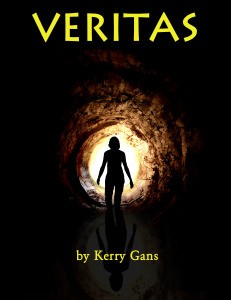 have a WIP that I just finished putting through my critique group. I have reams of helpful suggestions that I cannot wait to get moving on—but there is so much work to be done, I find myself faced with a plethora of pieces scattered on a board of unknown dimensions.
have a WIP that I just finished putting through my critique group. I have reams of helpful suggestions that I cannot wait to get moving on—but there is so much work to be done, I find myself faced with a plethora of pieces scattered on a board of unknown dimensions.
Move It! specifies a target number—the least moves required to clear the board. Alas, my editing does not come with a target number.
My editing notes include checking for conflict in each scene, making sure Scene A leads logically to Scene B, noting my character goals for each scene. I need to follow character arcs, plot arcs, goal arcs. I have 3 POV characters, so I plan to separate their scenes out and listen to voice, check for character consistency, and make sure they are three-dimensional.
I also want to check continuity, symbolism, and rhythm. My ending needs some help, and the entire book needs a language overhaul because it sounds too middle grade and it’s YA. And of course there’s the nitty gritty of grammar, punctuation, and formatting.
Even with the target number, your game can run away with you. I had one game with a target of 72 moves and ended up with 265. I’m hoping to avoid that problem while editing, but you never know because when you change one story piece that changes them all.
At this moment, I am looking at the board, wondering how I can move those manuscript pieces in the most efficient way to get my book to the final position. I’m a bit overwhelmed and unsure where to start.
How you begin in Move It! sets you up for success or failure. A false start will get you to 265*. A good start narrows your available moves until only the successful path is left open to you.
Let’s hope I choose the right starting move with my manuscript.
How do you organize a huge editing project like this?
*My current score on that target 72 game is 76.

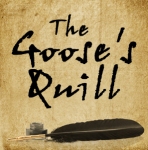

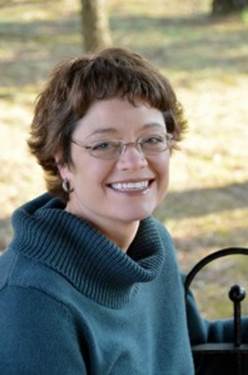
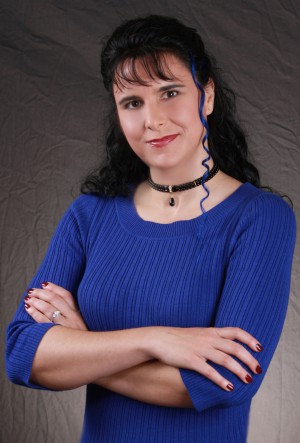
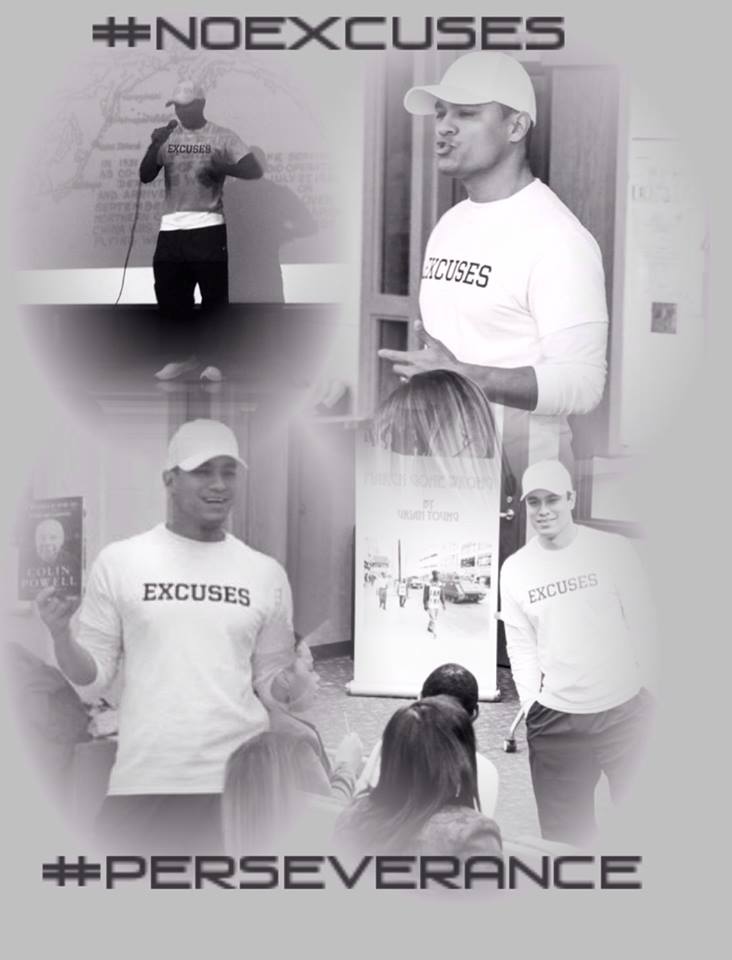
Focus Forward
As 2015 draws to a close, I have a lot to be thankful for. My family is healthy and happy. I am comfortable in my life. And my first novel, THE WITCH OF ZAL, debuted from Evil Jester Press!
Now 2016 looms large ahead, and my focus is turning to the future. What do I want to accomplish in 2016? I decided to keep it simple and focus only on things I could control, because to do otherwise is an invitation to stress and frustration.
So what are these goals?
And that’s it!
Three things.
I can do that.
What are you looking forward to in 2016?